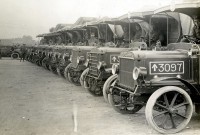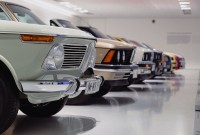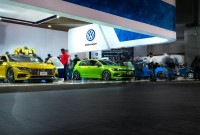- Home
- Business Processes
- Industry Knowledge
- Aerospace Industry
- Automotive Industry
- Banking Domain
- BFSI Industry
- Consumer/ FMCG Industry
- Chemicals Industry
- Engineering & Construction
- Energy Industry
- Education Domain
- Finance Domain
- Hospitality Domain
- Healthcare Industry
- Insurance Domain
- Retail Industry
- Travel and Tourism Domain
- Telecom Industry
- Leadership Skills
- eLearning
- Home
- Domain Knowledge
- Automotive Industry
- Automotive Industry: The Competitive Landscape
Automotive Industry: The Competitive Landscape
In this article, we will discuss the top key competitors in the automotive industry. This will help you gain an understanding of the major players in the automotive industry. We will start with a brief history of the major players, their competitive advantage, and financial profiles in this section.
The top players in the automotive industry are Toyota, General Motors, Volkswagen, Hyundai, Ford, and Honda. Given below is the competitive profile for each one of them.
1. Toyota
 Toyota is a large, multinational auto manufacturer headquartered in Japan. Toyota also owns several other companies, including Lexus, Scion, Daihatsu, and Hino Motors. Toyota Motor Corporation, abbreviated TMC, is a multinational automaker headquartered in Toyota, Aichi, Japan. According to the 2008 Fortune Global 500, Toyota is the fifth largest company in the world. The company was founded by Kiichiro Toyoda in 1937 as a spinoff from his father's company Toyota Industries to create automobiles. Three years earlier, in 1934, while still a department of Toyota Industries, it created its first product, the Type A engine, and, in 1936, its first passenger car, the Toyota AA. TMC is part of the Toyota Group, one of the largest conglomerates in the world.
Toyota is a large, multinational auto manufacturer headquartered in Japan. Toyota also owns several other companies, including Lexus, Scion, Daihatsu, and Hino Motors. Toyota Motor Corporation, abbreviated TMC, is a multinational automaker headquartered in Toyota, Aichi, Japan. According to the 2008 Fortune Global 500, Toyota is the fifth largest company in the world. The company was founded by Kiichiro Toyoda in 1937 as a spinoff from his father's company Toyota Industries to create automobiles. Three years earlier, in 1934, while still a department of Toyota Industries, it created its first product, the Type A engine, and, in 1936, its first passenger car, the Toyota AA. TMC is part of the Toyota Group, one of the largest conglomerates in the world.
Toyota's management philosophy has evolved from the company's origins and has been reflected in the terms developed by it and known as "Lean Manufacturing" and “Just In Time Production”. Toyota's managerial values and business methods are known collectively as the Toyota Way. Toyota has grown to a large multinational corporation from where it started and expanded to different worldwide markets and countries.
Toyota was hit by the global financial crisis of 2008 as it was forced in December 2008 to forecast its first annual loss in 70 years. In 2008, it overtook General Motors to become the world's largest auto manufacturer. In January 2009 it announced the closure of all of its Japanese plants for 11 days to reduce output and stocks of unsold vehicles. In 2010, Toyota's sales were $235.89 billion USD. It employed approximately 317,000 people.
In 2011-2012 Toyota employs 317,716 people and has to cope with a slowdown in production due to massive factory damage caused by March's devastating earthquake and tsunami in Japan. While sales in North America, Europe, and Japan declined during 2010, Toyota sales picked up in emerging car markets, including Asia, Central, and South America and Africa. Emerging markets ended up being strong enough to carry the company, which sold over 7 million units in 2010, an increase of 71,000 from the previous year.
Toyota has dominated the market through innovation in hybrid vehicles. Their vision for 2015 plans to foster demand in emerging markets with locally produced core models, including the innovative international multipurpose vehicle models and newly developed subcompact models. They intend to deploy hybrid models extensively in markets worldwide.
2. General Motors:
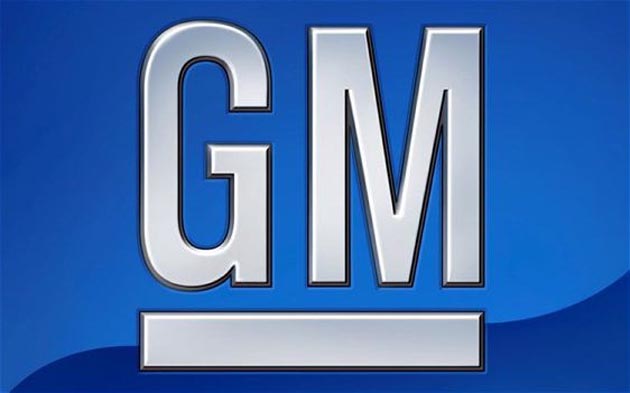 General Motors, or GM for short, is an American-based auto manufacturer headquartered in Detroit, Michigan. Formerly incorporated (until 2009) as General Motors Corporation, is an American multinational automotive corporation and was the world's largest automaker, by vehicle unit sales, in 2011. For most of the 20th century, General Motors remained the biggest company in the most important automobile industry in the world. It was the world’s largest carmaker from 1931 to 2008, when it was surpassed by Toyota. GM employs 202,000 people and does business in some 157 countries. General Motors produces cars and trucks in 31 countries and sells and services these vehicles.
General Motors, or GM for short, is an American-based auto manufacturer headquartered in Detroit, Michigan. Formerly incorporated (until 2009) as General Motors Corporation, is an American multinational automotive corporation and was the world's largest automaker, by vehicle unit sales, in 2011. For most of the 20th century, General Motors remained the biggest company in the most important automobile industry in the world. It was the world’s largest carmaker from 1931 to 2008, when it was surpassed by Toyota. GM employs 202,000 people and does business in some 157 countries. General Motors produces cars and trucks in 31 countries and sells and services these vehicles.
In December 2008, it received $9 billion in federal aid at the order of President George W. Bush to sustain its operations. In March 2009, the government rejected the company’s restructuring plan and forced it into bankruptcy court. The bankruptcy process was completed on July 10, 2009, when G.M. sold its good assets to a new, government-owned company. Brands like Chevrolet, Cadillac, and GMC were folded into the new company, renamed the General Motors Company. In 2009, the company emerged from government-backed Chapter 11 reorganization. In 2010, GM made an initial public offering that was one of the world's top 5 largest IPOs to date. GM returned to profitability in 2011. GM's business is focused around six core brands: GMC, Chevrolet, Buick, Cadillac, Opel, and Vauxhall.
The new G.M. is far smaller and leaner. Brands like Saturn, Hummer, and Pontiac were shut down or sold. Hourly labor costs were cut by more than two-thirds, to $5 billion from $16 billion in 2005 and the company announced in February 2011 that it earned $4.7 billion in 2010, the most in more than a decade. It was the first profitable year since 2004 for G.M., which became publicly traded in November 2010, ending a streak of losses totaling about $90 billion.
The company, which went through bankruptcy protection in 2009 and is 26 percent owned by the federal government, earned $7.1 billion through the first nine months of 2011. In the first quarter of 2012, G.M. posted $1 billion in net income attributable to common stockholders, down from $3.2 billion a year earlier. Revenue in the first quarter of 2012 increased 4 percent to $37.8 billion.
3. Volkswagen:
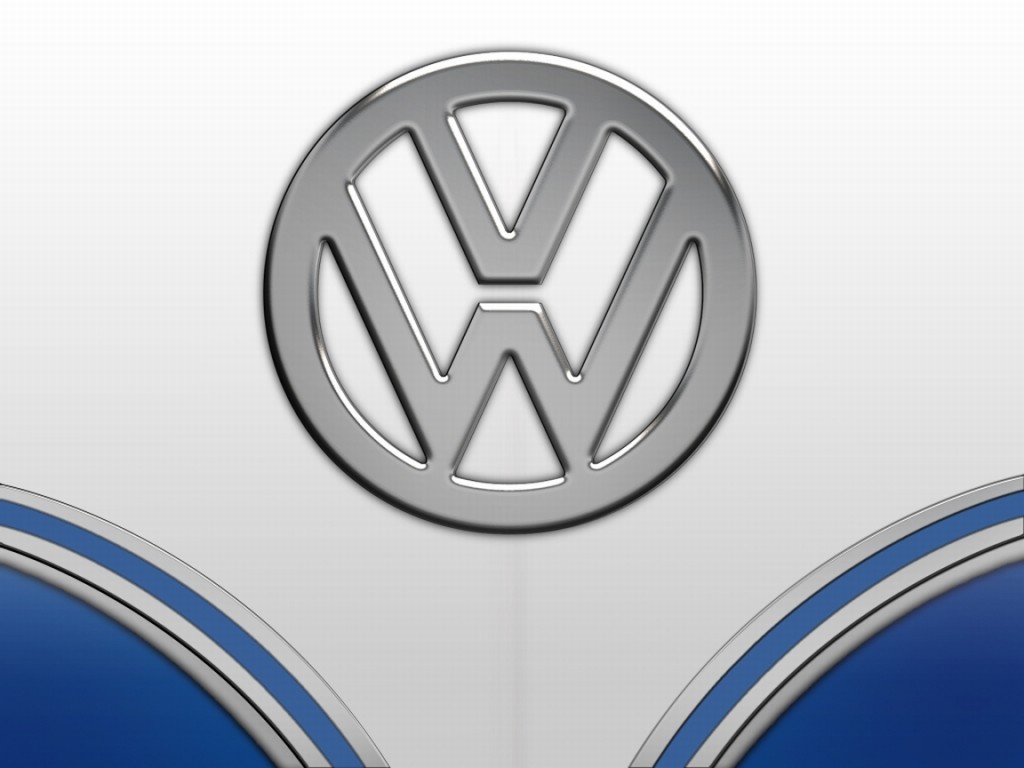 Volkswagen AG is a Germany-based automobile manufacturer. The Company develops vehicles and components, and also produces and sells vehicles, in particular Volkswagen brand passenger cars and commercial vehicles. The Company consists of two divisions: Automotive and Financial Services division. The Automotive division is responsible for the development of vehicles and engines, the production and sale of passenger cars, commercial vehicles, trucks and buses, and the genuine parts business. The Financial Services division's portfolio of services includes dealer and customer services in the field of financing, leasing, direct bank, insurance, and fleet business. It became part of an integrated automotive firm with Porsche in 2009.
Volkswagen AG is a Germany-based automobile manufacturer. The Company develops vehicles and components, and also produces and sells vehicles, in particular Volkswagen brand passenger cars and commercial vehicles. The Company consists of two divisions: Automotive and Financial Services division. The Automotive division is responsible for the development of vehicles and engines, the production and sale of passenger cars, commercial vehicles, trucks and buses, and the genuine parts business. The Financial Services division's portfolio of services includes dealer and customer services in the field of financing, leasing, direct bank, insurance, and fleet business. It became part of an integrated automotive firm with Porsche in 2009.
The Company's brands include Volkswagen, Audi, Bentley, Bugatti, Lamborghini, SEAT, Skoda, Scania, and Volkswagen Commercial Vehicles and each brand offers a product range from low-consumption small cars to luxury class vehicles, as well as pickups, busses and heavy trucks in the commercial vehicle sector.
During 2011 Volkswagen reported record results by claiming sales of more than eight million vehicles for the first time in its 75-year history. It reported a net income of $20.6 billion with revenue soaring to almost 26 percent to €159 billion. Volkswagen’s sales move it to the No.2 spot worldwide, behind General Motors, which sold 9.03 million vehicles in 2011, and ahead of Toyota Motor.
4. Hyundai:
 Hyundai is a Korean multinational auto manufacturer based in Seoul. Hyundai vehicles run the gamut from budget cars to luxury sedans to commercial trucks. South Korea's leading carmaker, Hyundai Motor produces compact and luxury cars, SUVs, minivans, trucks, buses, and other commercial vehicles. Its cars are sold in 180 countries through some 6,000 dealerships, employing 80000 people. Hyundai generates about half of its sales in South Korea, but its vehicles are also popular in emerging markets such as China and India. The company operates a dozen manufacturing plants in China, the Czech Republic, India, Russia, South Korea, Turkey, and the US. It earned revenue of over $97 billion USD in 2011. It sold 3.6 million passenger cars in 2010 and almost 3 million vehicles in 2011.
Hyundai is a Korean multinational auto manufacturer based in Seoul. Hyundai vehicles run the gamut from budget cars to luxury sedans to commercial trucks. South Korea's leading carmaker, Hyundai Motor produces compact and luxury cars, SUVs, minivans, trucks, buses, and other commercial vehicles. Its cars are sold in 180 countries through some 6,000 dealerships, employing 80000 people. Hyundai generates about half of its sales in South Korea, but its vehicles are also popular in emerging markets such as China and India. The company operates a dozen manufacturing plants in China, the Czech Republic, India, Russia, South Korea, Turkey, and the US. It earned revenue of over $97 billion USD in 2011. It sold 3.6 million passenger cars in 2010 and almost 3 million vehicles in 2011.
The group was formed through the purchase of 51% of South Korea's second-largest car company, Kia Motors, by Hyundai Motor Company in 1998. As of July 2, 2011, Hyundai owns 49.2% of Kia Motors. The company also produces Kia automobiles and has been the world's fourth-largest automaker since 2009. Consumer Reports magazine ranked Hyundai as the fourth-best auto manufacturer in the world.
5. Ford:
 Ford Motor Company was founded in 1903 by automotive and industrial pioneer Henry Ford in Dearborn, Michigan. Being first to implement a moving assembly line for automotive manufacturing, Ford was able to more efficiently mass produce their products than their competitors. In 1908 the Model T was introduced and went on to sell over 15 million vehicles, firmly establishing Ford as the major player in the early automotive industry with a 50% market share by the 1920s. The company went public in 1956 and since then has grown to be a significant presence in the global automotive market.
Ford Motor Company was founded in 1903 by automotive and industrial pioneer Henry Ford in Dearborn, Michigan. Being first to implement a moving assembly line for automotive manufacturing, Ford was able to more efficiently mass produce their products than their competitors. In 1908 the Model T was introduced and went on to sell over 15 million vehicles, firmly establishing Ford as the major player in the early automotive industry with a 50% market share by the 1920s. The company went public in 1956 and since then has grown to be a significant presence in the global automotive market.
Ford Motor Company (Ford) is a producer of cars and trucks. The Ford Motor Company is an American-based auto manufacturer headquartered in Dearborn, Michigan. Ford Motor began a manufacturing revolution with mass production assembly lines in the early 20th century, and today, it is one of the world's largest automakers. It operates about 70 plants worldwide but gets more than half of its sales from North America.
The Company and its subsidiaries also engage in other businesses, including financing vehicles. It's Automotive Sector includes Ford North America, Ford South America, Ford Europe, and Ford Asia Pacific Africa. In addition to the Ford and Lincoln brands, Ford is also a shareholder and strategic partner with Mazda and Aston Martin. Ford North America includes the sale of Ford- and Lincoln-brand vehicles and related service parts in North America (the United States, Canada, and Mexico), together with the associated costs to develop, manufacture, distribute and service these vehicles and parts.
In 2008, Ford was the fourth-largest automaker in sales. In 2008, Ford sold its Jaguar and Land Rover brands to the Indian firm, Tata Motors. The company also discontinued its Mercury brand. Ford operates approximately 90 plants and facilities worldwide. In 2011, Ford's sales were $128.954 billion USD and it employed approximately 164,000 people.
The Ford Motor Company reported a net income of $1.4 billion against total revenue of $32.4 billion. The net income was 45 percent less than the $2.55 billion it earned in the same period of 2011, profit felling by almost half in the first quarter of 2012.
6. Honda
 Honda Motor Co. (HMC) was established by Soichiro Honda in 1946. It originally began producing motorcycles in the mid-20th century and began manufacturing automobiles (the Honda Civic) in 1972. After the original Civic’s inception, Honda produced many variants of this highly successful vehicle, such as the four-door sedan, wagons, hatchback, coupe, and more recently the hybrid. Honda currently has two automotive brands (Honda and Acura) and it produces over 20 other vehicle models, such as the Accord, Element, Insight, Odyssey Minivan, Pilot SUV, and Ridgeline Truck, CR-V, and Fit; gasoline-electric hybrid versions of the Civic and Accord; and seven models of the luxury Acura line. Almost 70% of Honda Motor sales come from outside of Japan.
Honda Motor Co. (HMC) was established by Soichiro Honda in 1946. It originally began producing motorcycles in the mid-20th century and began manufacturing automobiles (the Honda Civic) in 1972. After the original Civic’s inception, Honda produced many variants of this highly successful vehicle, such as the four-door sedan, wagons, hatchback, coupe, and more recently the hybrid. Honda currently has two automotive brands (Honda and Acura) and it produces over 20 other vehicle models, such as the Accord, Element, Insight, Odyssey Minivan, Pilot SUV, and Ridgeline Truck, CR-V, and Fit; gasoline-electric hybrid versions of the Civic and Accord; and seven models of the luxury Acura line. Almost 70% of Honda Motor sales come from outside of Japan.
Since Honda began producing automobiles it has been a leader in producing fuel-efficient and low emissions vehicles. In 1977 and 1983, Civic models ranked first in U.S. fuel-economy tests. Honda has also introduced hybrid vehicles such as the Insight, Civic, and Accord, in 1999, 2002, and 2004, respectively, with the 2006 Insight being the most fuel-efficient car of 2006.
Currently, Honda ranks sixth in sales within the automotive industry. They have overseas plants in over 12 countries including the U.K., Italy, Brazil, Taiwan, Indonesia, Malaysia, Thailand, Nigeria, U.S., and Canada. Honda has been increasing its production capacity worldwide in response to its steady growth in total sales over the last few years.
As of March 31, 2012, the Company had 378 consolidated subsidiaries and 88 associated companies. It employed 187000 employees in 2012.
Suggested Reading and Resources on Automobile Domain
| Supply & Value Chain | Industry Sectors | The Competitive Landscape |
| Industry Drivers | History of Automotive Industry | Overview of Automotive Industry |
Related Links
You May Also Like
-
Automotive Industry: Industry Sectors
In this article, we will discuss the business sectors of the automotive industry. We will understand the major sectors in the automotive industry and the role they play and their impact on the industry. The major business sectors of the automotive industry are suppliers, auto-manufacturers, and auto dealerships.
-
History of Automotive Industry
The study of the automotive industry is inherently interesting: it is massive, it is competitive, and it is just a few years older than a century. It is expected to undergo major changes in recent times due to the impact of globalization, increased regulations because of environmental concerns, and rising fossil fuel prices due to decreasing oil reserves.
-
Overview of Automotive Industry
The first automobile with a petrol engine was built in 1885 and soon the figure for total cars in the world will be touching a mark of 1000 million cars and light trucks. This article presents a quick overview of what we mean with the Automative Industry and how it started and what is the scale of this industry today.
-
Automotive Industry: The Competitive Landscape
In this article, we will discuss the top key competitors in the automotive industry. This will help you gain an understanding of the major players in the automotive industry. We will start with a brief history of the major players, their competitive advantage, and financial profiles in this section.
-
Automotive Industry: The Key Industry Drivers
There are four key business drivers that impact the automotive industry: economic conditions, consumer preferences, government, and technological advances. Globalization is also influencing the industry to a great extent. In this article, we will discuss in detail each of these business drivers.
-
Automotive Industry Supply & Value Chain
Most of the automotive manufacturers employ a business model that demands collaboration between different assemblers and cadre of parts suppliers with a lean, flexible, just-in-time (JIT) assembly process. In this article, we will discuss the business model of a typical automotive manufacturer and the various stages from planning to final retailing of the product.
Explore Our Free Training Articles or
Sign Up to Start With Our eLearning Courses

About Us
Learning
© 2023 TechnoFunc, All Rights Reserved


